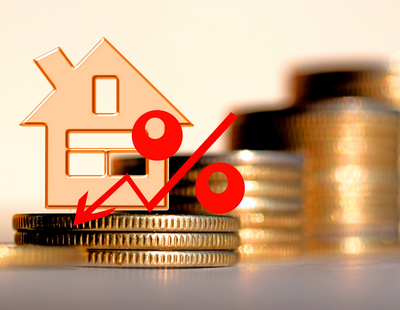The share of new-build homes sold before they’re complete has dropped to a decade-low, research suggests.
Hamptons’ annual off-plan sales index has revealed that 32% of new homes sold in England & Wales found a buyer before they were built last year, the lowest level since 2013.
The agency brand combined its own new home sales data with Land Registry completion date figures to model the share of homes sold before they were built at every new development in the country.
It found that the share of new homes sold off-plan peaked at 47% in 2016, buoyed by investors rushing to beat the 3% stamp duty second home surcharge which came into force in April 2016. Since then, landlords have made up a progressively smaller share of purchasers and the share of new homes sold off-plan has fallen in all but one year (2021) since. First-time buyers outnumbered investors 2:1 among off-plan purchases last year, an exact reversal of the same ratio in 2016.
Higher mortgage rates have reversed pandemic-induced trends when buyers looked to buy bigger homes, Hamptons said.
Consequently, larger homes recorded the sharpest falls in off-plan sales last year.
Just 22% of detached homes and 31% of semi-detached homes were sold before they were built, recording an eight and 10 percentage point fall respectively between 2022 and 2023.
For the first time since the pandemic, flats were more likely to be sold off-plan than terraced houses, with 45% of flats sold off-plan last year, down five percentage points.
David Fell, lead analyst at Hamptons, said: “Off-plan sales are the foundation of most housebuilders' businesses.
“This means selling fewer homes before they’re built is bad news for their bottom line. In what’s a cash-intensive business, housebuilders typically borrow to build homes, paying it back when they’re sold. But with more homes only sold after they’re finished, it means developers are borrowing money for longer and at higher interest rates.
“With off-plan sales harder to come by, housebuilders have responded by slowing build rates to preserve capital and ensure they’re not left with large numbers of unsold finished homes. This means the government is unlikely to get close to hitting its house-building targets until interest rates drop back considerably and demand picks up.
“In a world of low-interest rates, incentives that cut the size of the deposit were the magic bullet to help buyers into homeownership. Even buyers with a 5% or 10% deposit found mortgage repayments were much cheaper than renting a similar home. But higher mortgage rates have introduced a new barrier in the form of unaffordable repayments and have pushed buyers towards smaller, more affordable homes that are often second-hand.”
|
Region |
2016 |
2022 |
2023 |
|
London |
72% |
52% |
47% |
|
South East |
46% |
38% |
33% |
|
North West |
44% |
42% |
32% |
|
East Midlands |
35% |
36% |
32% |
|
West Midlands |
41% |
42% |
32% |
|
Wales |
35% |
41% |
31% |
|
South West |
39% |
38% |
28% |
|
Yorkshire & Humber |
36% |
38% |
27% |
|
North East |
37% |
39% |
27% |
|
East |
48% |
38% |
25% |
|
England & Wales |
47% |
39% |
32% |













.jpg)
.jpg)






.png)



Join the conversation
Jump to latest comment and add your reply
Melissa Lawford from the Telegraph covered this subject and how hitting landlords was leading to a slow-down of new builds, almost a year ago to the day. If you google 'UK house building in jeopardy from landlord exodus' you will find the article.
Please login to comment